Important Moments and People in Journalism History
Arapahoe Pinnacle Staff research and report on influential moments and people in American journalism.
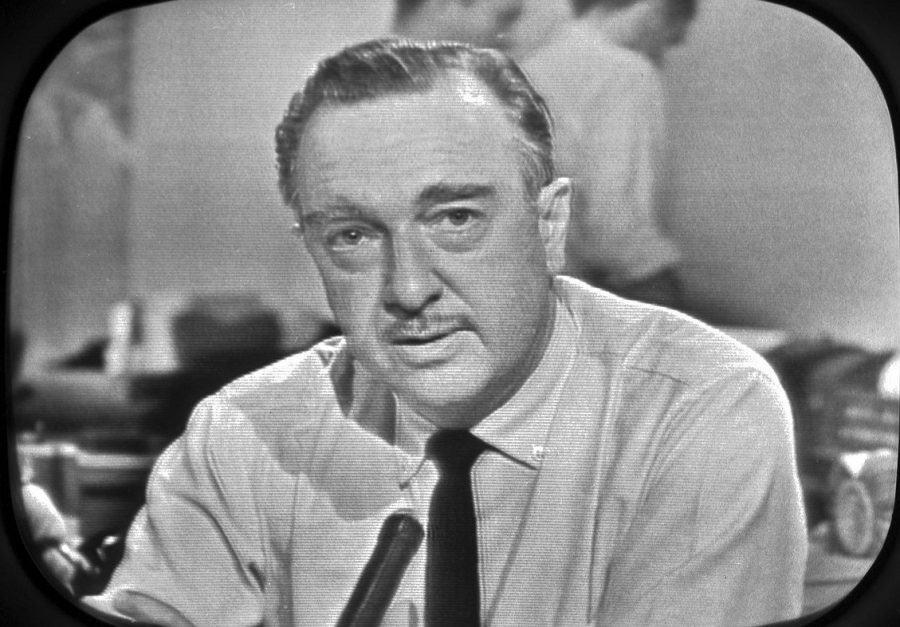
How American Outlook on the Vietnam War Changed
In 1968, Walter Cronkite of CBS News decided to go to Vietnam in order to investigate the aftermath of the Tet Offensive. In Vietnam, the battles around the American Embassy, Hue, and Khe Sanh showed American military weakness as thousands of insurgent guerrilla fighters conducted a coordinated attack across all of South Vietnam. Walter Cronkite was urged to report from Vietnam by his producers....
Joan Didion: The Storyteller Journalist
“We tell ourselves stories in order to live.” ― Joan Didion, The White Album Stories are what keeps us alive. Stories have the ability to entrance its audience like nothing else can. Stories will never go away. The approach to how journalists have written has changed over the years. A wave of what was called New Journalism swept into the 1960’s and 70’s. This movement changed the way people t...
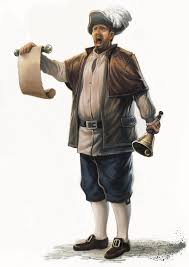
Town Criers: Yesterday and Today
We live in an age of widespread literacy. When we want to know what’s happening in the world around us, we click hyperlinks and sometimes crack open a newspaper. However, for most of human history, the vast majority of people were illiterate—but they had the same desire we do to have the latest information. Gossip and town chatter played a role, but genuine news (as well as propaganda, sales, and...

The Fall of the Twin Towers and the Rise of Citizen Journalism
September 11, 2001, the north and south towers of the World Trade Center in New York City fell due to a series of suicidal airborne terrorist attacks against the United States. Nearly 3,000 people died. Many contribute these attacks to be the rise of citizen journalism. Howstuffworks.com defines citizen journalism as “any type of news gathering and reporting -- writing and publishing articles...
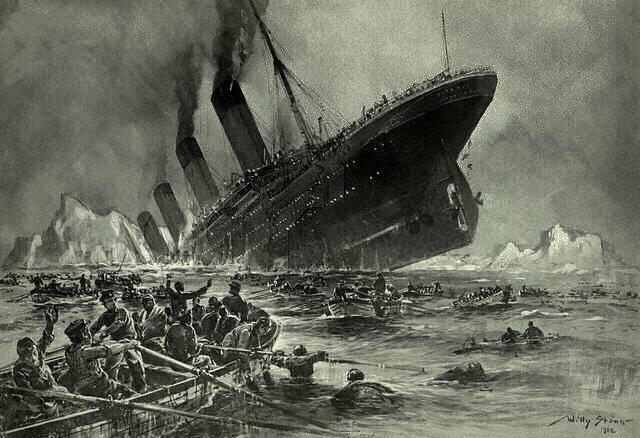
Titanic: The (Un)sinkable Ship
The sinking of the Titanic will forever go down in history as an astounding calamity and massive technological failure. At the time, the doomed steam liner was the largest of its kind measuring in at a record breaking 883 feet in length. This being somewhat of a modern marvel of the time, the media covered this ship like a blanket of snow. The Titanic, prior to its demise, was tracked since the time...
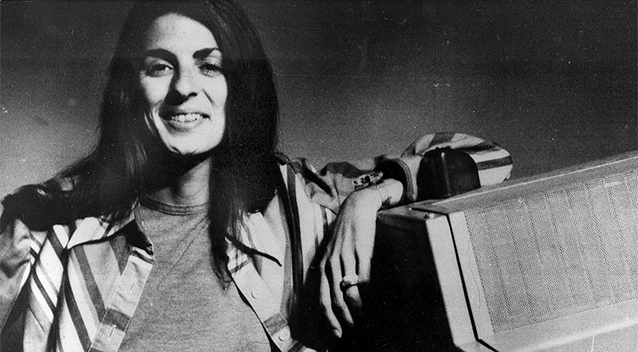
Blood with a Twist: On-Air Suicide
On Sunday, June 15, 1974, in Sarasota, Florida television reporter Christine Chubbuck attempted on-air suicide during her local 9 a.m. newscast, Suncoast Digest. After taking a .38 revolver bullet to the back of her head Chubbuck was rushed to Sarasota Memorial Hospital. She was pronounced dead 14 hours later. Immediately phone calls came piling into the station and police department. Many pe...
Ida B. Wells, Nineteenth Century Writer and Fighter
Where would society be today without the help of one heroic woman? Ida B. Wells, a journalist and a civil rights activist, took charge of many issues during her lifetime, working tirelessly to get to the word out about the issues affecting the black community, from race to lynching. It all started in May 1884. Wells was on a train ride from Memphis to Nashville. Having bought a first-class ti...
Hart Starts Sex Scandal Era
In 1987, Gary Hart, former U.S. senator from Colorado, was on his way to becoming the Democratic Nominee for President of the United States. But events that spring would quickly end his political career and forever change journalism. Although unprecedented at the time, Hart’s story sounds familiar to modern news consumers: The political candidate is accused of an affair or other questionable behavior,...
Dorothy Kilgallen; Reporter Cloaked in Controversy
Dorothy Kilgallen was best known for her column “The Voice of Broadway” in The New York Evening Journal, which was published in over 140 papers, and for her role as game show panelist on the 1950’s television program, “What’s My Line?" She was hailed by The Post as being, “the most powerful female voice in America.” Kilgallen spent a vast majority of her career cloaked in controversy, mo...
Lynsey Addario: Expanding the Image of a Photojournalist
Working as a woman in a male-dominated field often means walking a fine line: don’t draw attention to yourself, but prove yourself to be capable. Pulitzer Prize winning journalist, Lynsey Addario, addresses that in her memoir It’s What I Do: A Photographer’s Life of Love and War. Covering conflict zones in Afghanistan, Iraq, Darfur, Syria, the Republic of Congo, and Haiti, she has endure...
Truth Trumps Tyranny: Reporter Edward Murrow Unmasks Sen. McCarthy
Upon the heels of the second world war, as relations between the East and West started becoming frosty, one man, Joseph McCarthy, then US Senator of Wisconsin, made it his self-ordained mission to cleanse the US government of so called 'Communist' or 'Communist' sympathizers. The term 'McCarthyism' was coined for the aggressive investigation and questioning style of the Senator of Wisconsin during...
Death of a Dreamer: John Lennon
December 8th, 1980, a day in which music lost one of the greatest contributors of all time. It started out as a busy day for Lennon, with a photoshoot for Rolling Stone magazine by photographer Annie Leibovitz. She promised the photos would make the cover after trying to coax Lennon into some photos with only him as the subject, but he was intent on having his wife Yoko Ono in the photos. The photosho...
Tom Wolfe and New Journalism
Tom Wolfe, an influential novelist and award winning journalist, helped set the stage in the early 70’s of what new journalism is, and how to write a good story. Wolfe worked as a journalist for ten years and helped write and edit an anthology called “The New Journalism," a style which some journalists still employ, though it has fallen out of favor since its heyday. Tom Wolfe was born and raised in ...
Pioneering Investigative Journalism: Nellie Bly Changes the Game for Women Journalists
Exposed political corruption in Mexico that kept citizens in poverty. Posed as a sweatshop worker to expose poor working conditions faced by women. Feigned mental illness to report on conditions in an insane asylum. Went on a record-breaking trip around the world in 72 days. These are some of the countless achievements of investigative journalist pioneer Nellie Bly. She was the first woman journalist...
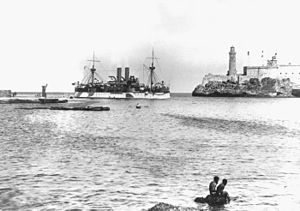
“Yellow Journalism” Leads to War with Spain
February 15, 1898, the U.S.S. Maine sinks in Havana Harbor, Cuba. Following the explosion, The New York Journal immediately blames Spain and give the U.S. the final push to go into war with Spain. Although historians now believe a fire in the coal bunkers to be the true cause of the explosion, the fact that it was published by the New York Journal made enough of an impact to alter history. The more...

The Defining Moment When the World Learned America Lied
In May of 1960, at the height of the Cold War when nuclear weapons were pointed, Soviet Russia shot down a manned American spy plane; this moment in history would go down as “The U-2 Incident." Tensions between the U.S. and the U.S.S.R. had reached a pinnacle. Two weeks prior to the incident, the two had agreed to to meet at the East-West summit in an effort to dull them. The flight took place...
The Arapahoe Pinnacle • Copyright 2025 • FLEX WordPress Theme by SNO • Log in